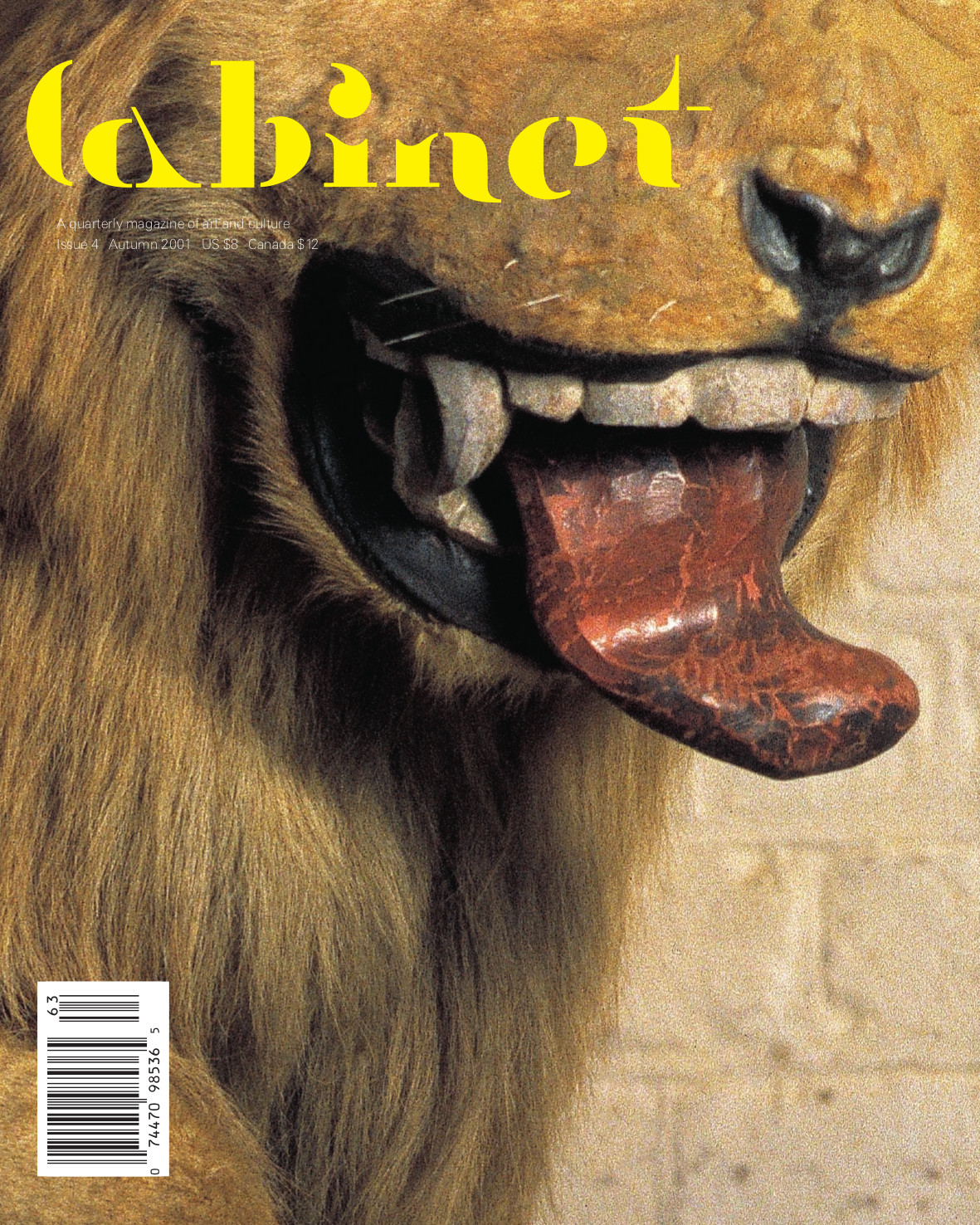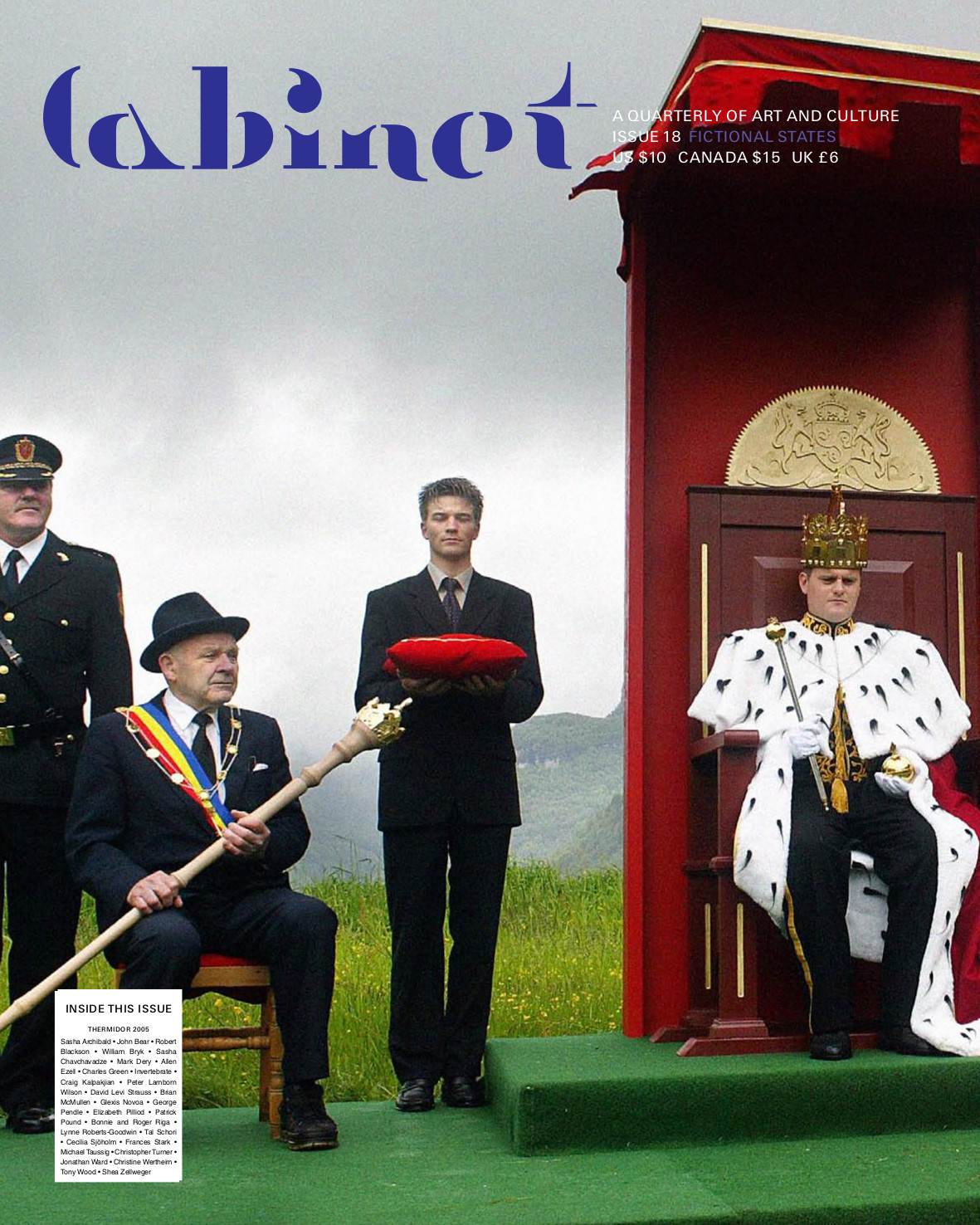John Emerson: Visualizing Information for Advocacy: An Introduction to Information Design (2008) [English, Russian]
Filed under manual | Tags: · activism, data visualisation, graphic design, information design, mapping

Modern life is saturated with ever increasing amounts of information, advertising and media with little time to digest what is being said. Against this background, NGOs and advocates too often find the information they want to communicate, either buried in long reports full of professional jargon and statistics, or overlooked in an endless stream of media releases. Whether communicating to the public, staff, donors or government officials, information design can help NGOs communicate with more impact, increase accessibility, and present issues powerfully.
Visualizing Information for Advocacy: An Introduction to Information Design is a manual aimed at helping NGOs and advocates strengthen their campaigns and projects through communicating vital information with greater impact. This project aims to raise awareness, introduce concepts, and promote good practice in information design – a powerful tool for advocacy, outreach, research, organization and education.
The manual was designed and produced as a collaboration between Tactical Tech and John Emerson of Backspace – a design consultancy dedicated to research, development and promotion of design in the public interest. John’s work portfolio includes print, internet, and broadcast television work for NGOs, not-for-profit corporations, and activist groups.
Written and designed by John Emerson, Principal at Apperceptive LLC
Produced by the Tactical Technology Collective
Creative Commons Attribution-Share Alike 3.0 License
PDF (English, updated on 2014-8-29)
PDF (Russian, updated on 2014-8-29)
Jack Ox, Jeremy Hight, Erik Champion (eds.): LEA Special Issue: Creative Data (2009)
Filed under journal | Tags: · data visualisation, immersion, mapping
The Creative Data special issue features papers and artworks that deal with the emerging practice of data visualization as an immersive experience. Data has long been the property and domain of screen-based collection, archiving, processing and interaction. The emergence of new processes, functionality and ways of interacting with information is opening up several new areas of great possibility in which the data allows newfound thematic and engaging forms of immersion, as well as innovative and perception-reshaping interaction. Consider a simple analogy; to swim in a pool is to understand three-dimensionality, interaction, spatial relationships and a macro-micro view, as well as contextual and embodied interaction. Can we swim with data? How do we build, debate and discuss the future and shape of immersivity in its relation to data? Can the representation of data as an immersive environment be considered a creative accomplishment or support creativity in action or as spectacle? How does this change the way we collect and archive information? How does it relate to our ways of interacting with information in study and analysis? How can this enhance or fuse key aspects of image projection, virtual reality, augmented reality, new media and even locative media?
The essays, interviews, reports and other forms of writing look at spatialization and layering of information, a greater sense of immersion, new forms of visualization and depth of field, precedents, future applications and connotations, our relationship to immersion and information inherently as how this applies to this new area.
Guest Editors: Jack Ox, Jeremy Hight, and Erik Champion
Leonardo Electronic Almanac
Vol 16 Issue 6 – 7
More info and download (PDF per article)
Comment (0)Cabinet (2000–)
Filed under magazine | Tags: · animal, art, chance, culture, design, dust, electricity, evil, friendship, history, language, literature, magic, mapping, nature, property, science, underground, weather


“Cabinet is a quarterly, Brooklyn, New York-based, non-profit art & culture periodical launched in 2000. Cabinet also operates an event and exhibition space in Brooklyn.
Cabinet is an award-winning quarterly magazine of art and culture that confounds expectations of what is typically meant by the words “art,” “culture,” and sometimes even “magazine.” Like the 17th-century cabinet of curiosities to which its name alludes, Cabinet is as interested in the margins of culture as its center. Presenting wide-ranging, multi-disciplinary content in each issue through the varied formats of regular columns, essays, interviews, and special artist projects, Cabinet‘s hybrid sensibility merges the popular appeal of an arts periodical, the visually engaging style of a design magazine, and the in-depth exploration of a scholarly journal. Playful and serious, exuberant and committed, Cabinet‘s omnivorous appetite for understanding the world makes each of its issues a valuable sourcebook of ideas for a wide range of readers, from artists and designers to scientists and historians. In an age of increasing specialization, Cabinet looks to previous models of the well-rounded thinker to forge a new type of magazine for the intellectually curious reader of the future.”
Cabinet is a non-profit organization. Consider supporting it by subscribing to the magazine, buying a limited edition artwork, or making a tax-deductible donation.
HTML (sold-out issues as HTML articles; click on the covers; updated on 2013-10-10; the download links were removed)
Comments (6)
